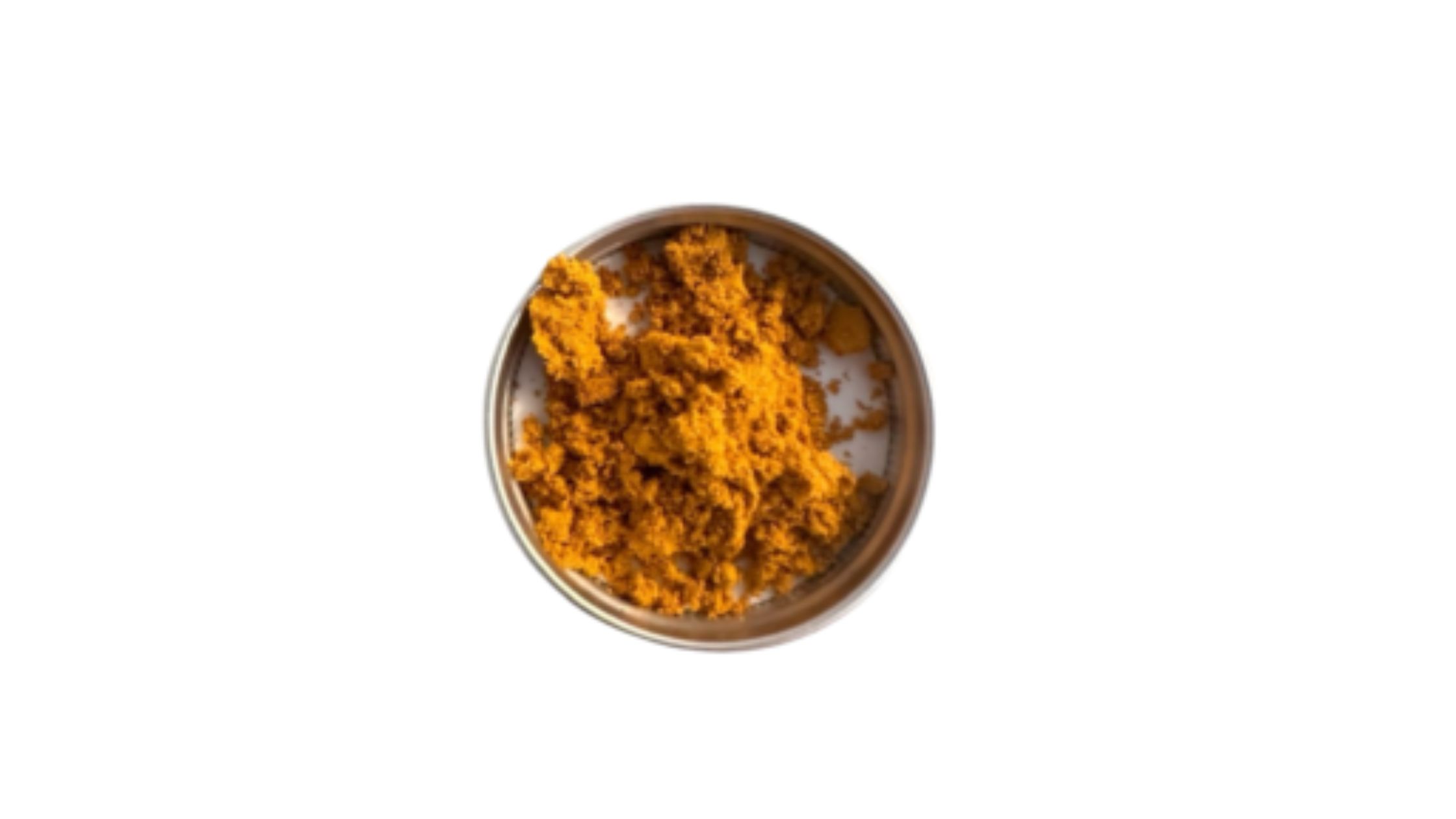
There are many products in the market. Some have been used for years, while others are new. 7-OH MIT is a newer option. What makes it stand out compared to traditional options? This guide explains the differences, similarities, and special qualities of 7-OH MIT in simple terms.
Table of Contents
-
Introduction
-
Understanding 7-OH and 7-OH MIT
-
Traditional Solutions in the Market
-
Comparing 7-OH MIT to Traditional Solutions
-
Future Potential of 7-OH MIT
-
Key Takeaways
Understanding 7-OH and 7-OH MIT
What is 7-OH?
7-OH is a compound with a special structure. It has a hydroxyl (-OH) group attached to a seven-carbon chain. This gives it unique properties. These properties make it useful in various applications where chemical stability is needed.
What is 7-OH MIT?
7-OH MIT is a special type of 7-OH. It is used in different industries and competes with older products. People choose it because of its stability and performance. It is gaining recognition as an alternative solution in markets that require high-quality chemical formulations.
Traditional Solutions in the Market
Many industries use older products that have been around for a long time. Here are some key facts about traditional solutions:
-
Easy to Find: Traditional products are available in many places. They have been used for years, making them a familiar choice.
-
Affordable: Because they are made in large amounts, they often cost less. Mass production has helped keep prices low, making them a budget-friendly option.
-
Commonly Used: Many people are familiar with these options. Industries rely on them because they have a long track record of effectiveness.
-
Have Some Limits: Older solutions may not work as well as newer options in some cases. As technology advances, new alternatives like 7-OH MIT may offer better results.
Comparing 7-OH MIT to Traditional Solutions
1. Performance and Efficiency
One big difference is performance. 7-OH MIT has special properties that may make it work better than older solutions. Traditional products may lack the same level of precision or effectiveness that newer options can provide.
2. Adaptability
Traditional products are usually made for specific jobs. 7-OH MIT is more flexible and can be used in different ways. This adaptability makes it a strong contender in industries looking for multi-purpose solutions.
3. New vs. Old Methods
Older solutions are trusted because they have been around for a long time. But newer options like 7-OH MIT bring fresh ideas and improvements. Industries looking for innovation are more likely to explore new chemical compounds like 7-OH MIT.
4. Market Trends
Companies are always looking for better products. Traditional solutions are still popular, but 7-OH MIT is gaining interest as industries change. As markets evolve, newer options that offer efficiency and adaptability may become preferred choices.
Future Potential of 7-OH MIT
As industries grow and change, 7-OH MIT may become a more widely used solution. Researchers and companies continue to study its applications to see where it can replace traditional products. The demand for advanced solutions is increasing, and 7-OH MIT could be part of the next generation of chemical innovations.
Key Takeaways
-
7-OH MIT is a unique compound with special features that make it stand out.
-
Older products are well-known and reliable but may have limits as technology advances.
-
7-OH MIT offers flexibility and new possibilities, making it a competitive option.
-
The market is shifting towards new and improved solutions that meet modern demands.
-
The future looks promising for 7-OH MIT, as research and development continue to explore its potential.
Choosing between traditional products and 7-OH MIT depends on your needs. Traditional options are trusted, but newer choices may work better in some cases. Knowing the differences helps you make smart decisions!